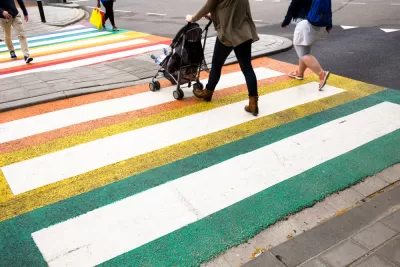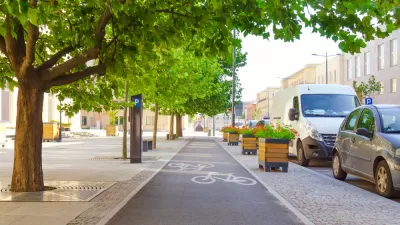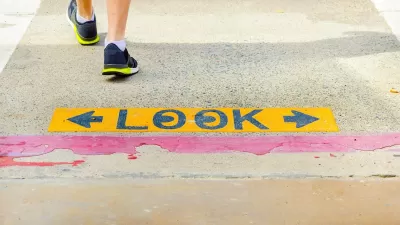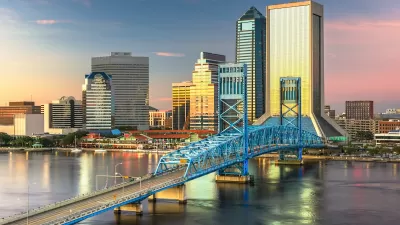While traffic deaths in the United States keep rising, progress in cities like Hoboken and New York prove that, with the right resources, eliminating traffic deaths is possible.

In a bright spot for pedestrian safety in the United States, Angie Schmitt, writing for Bloomberg CityLab, highlights the U.S. cities where Vision Zero efforts are yielding positive results, particularly New York City and some of its smaller neighbors. According to the article, “Between 2010 and 2020, NYC’s traffic deaths fell 19%, while the US death rate rose 8% — an improvement that translates into a significant number of saved lives.”
Schmitt acknowledges New York’s density and uniquely robust toolkit, but writes that the city consciously devoted more resources to road safety than other major U.S. metropolises. Nearby Hoboken, New Jersey hasn’t had a traffic death in four years; similarly, Jersey City has not had a traffic death on non-state roads in 2022, since implementing more aggressive Vision Zero policies.
Schmitt warns us not to celebrate yet—after all, “Nationally, thanks to a combination of factors — most importantly growth in SUVs and extra-large pickups — deaths of pedestrians have grown 62% nationally since 2009, according to the nonprofit advocacy organization Smart Growth America.” But the successes seen in cities like New York and Hoboken show that progress is possible, if policies at the state and federal level can align with local needs. “There is evidence that well-funded sustained investments in reducing traffic deaths can work, not just abroad but in the US.”
FULL STORY: Where ‘Vision Zero’ Is Working

Alabama: Trump Terminates Settlements for Black Communities Harmed By Raw Sewage
Trump deemed the landmark civil rights agreement “illegal DEI and environmental justice policy.”

Planetizen Federal Action Tracker
A weekly monitor of how Trump’s orders and actions are impacting planners and planning in America.

The 120 Year Old Tiny Home Villages That Sheltered San Francisco’s Earthquake Refugees
More than a century ago, San Francisco mobilized to house thousands of residents displaced by the 1906 earthquake. Could their strategy offer a model for the present?

LA’s Tree Emergency Goes Beyond Vandalism
After a vandal destroyed dozens of downtown LA trees, Mayor Karen Bass vowed to replace them. Days later, she slashed the city’s tree budget.

Sacramento Leads Nation With Bus-Mounted Bike Lane Enforcement Cameras
The city is the first to use its bus-mounted traffic enforcement system to cite drivers who park or drive in bike lanes.

Seattle Voters Approve Social Housing Referendum
Voters approved a corporate tax to fund the city’s housing authority despite an opposition campaign funded by Amazon and Microsoft.
Urban Design for Planners 1: Software Tools
This six-course series explores essential urban design concepts using open source software and equips planners with the tools they need to participate fully in the urban design process.
Planning for Universal Design
Learn the tools for implementing Universal Design in planning regulations.
Ada County Highway District
Clanton & Associates, Inc.
Jessamine County Fiscal Court
Institute for Housing and Urban Development Studies (IHS)
City of Grandview
Harvard GSD Executive Education
Toledo-Lucas County Plan Commissions
Salt Lake City
NYU Wagner Graduate School of Public Service





























